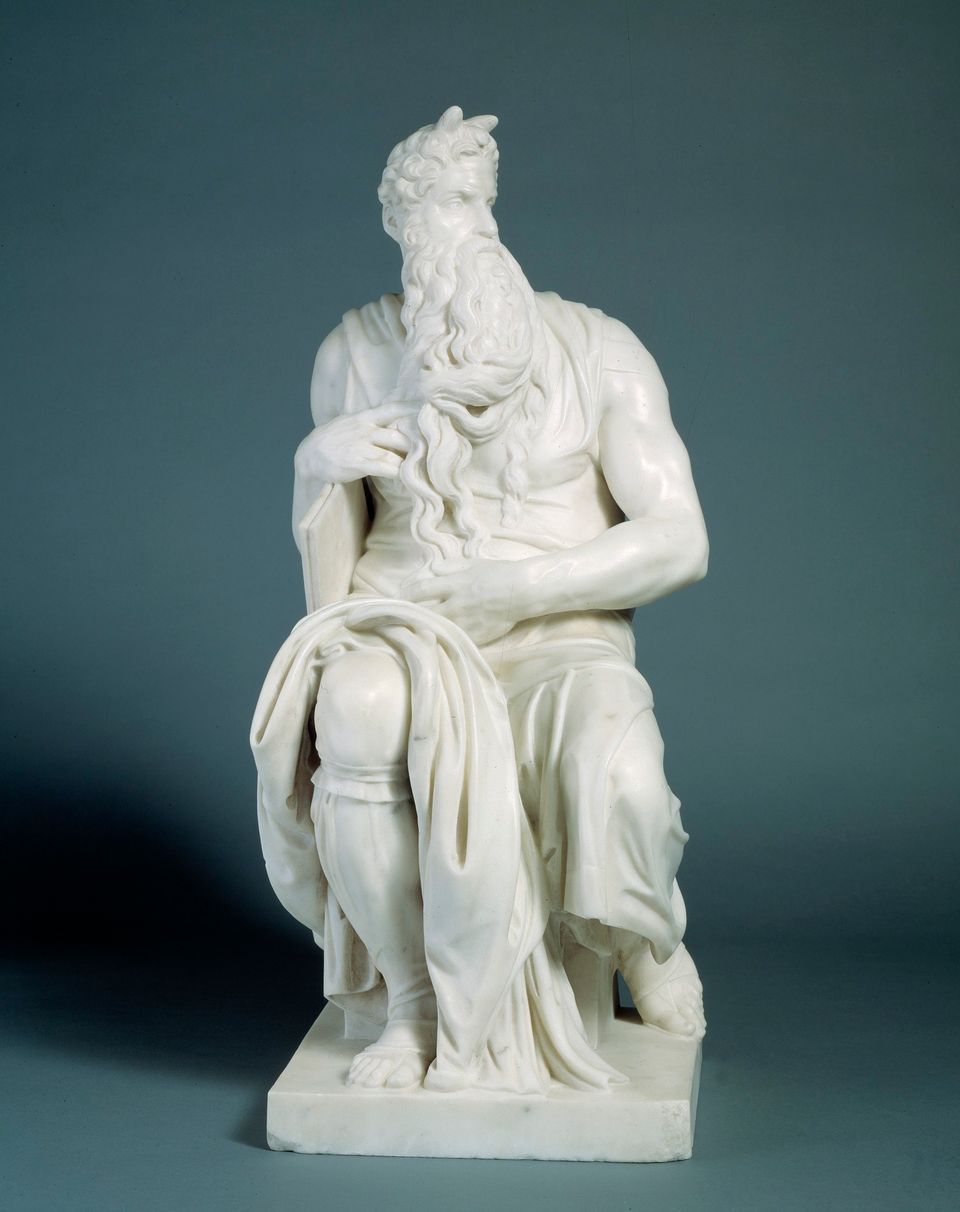
This post is part of an ongoing series on Eye Level: Q and Art, where American Art's Research department brings you interesting questions and answers about art and artists from our archive.
Question: What does the term "after" mean in the description of an artwork, as in a sculpture that is "after Michelangelo"?
Answer: In most cases when an artwork is described as "after Michelangelo" or "after Titian" it means that the work is a copy after a known work by Michelangelo or Titian. For example, the Smithsonian American Art Museum's collection includes a work by Edmonia Lewis titled Moses (after Michelangelo). Lewis carved this sculpture, but the subject and composition are based on Michelangelo's sculpture of the same name.
Artworks made "after" the work of another artist should not be confused with forgeries. The intention of a forger is to deceive the viewer, but there are several legitimate reasons for an artist to copy the work of another artist. The Grove Dictionary of Art divides handmade copies into "three distinct but not necessarily mutually exclusive categories: the copy as a means of duplication; the copy in art education; and the copy as a starting-point for the creation of another art work."
The American Art Museum holds examples from each of these categories. The duplication of portraits of important persons was necessary to meet the requests of patrons. The portraits of monarchs and early American portraits were often copied by the artist or an artist's student. Henry Brintnell Bounetheau's miniature painting of General George Washington is an altered copy of a well-known portrait by John Trumbull. For examples of copies made for the purpose of art education, see Kenyon Cox's sketches of two paintings by old masters: After Titian's Madonna of the Rabbit and After Giovanni Boltraffio's "Sacra Conversazione". Cox saw the original paintings in the Louvre while he was studying art in Paris between 1877 and 1882. From the Renaissance through the nineteenth century, studying and copying the great art of the past was considered an essential part of becoming an artist. In the twentieth century there was a shift towards valuing the originality of an artist over the emulation of the past. However, artists continued to be inspired by the work of previous artists. An example of the third category of copies, "a starting-point for the creation of another work", is William T. Wiley's The Sower after Van Gogh. In this work Wiley started with the subject of Van Gogh's series of paintings of The Sower, but it is not a simple copy; Wiley added his own style to make the work his own.
To read more about copies in art history check your local library for Paul Duro's article in the electronic or print version of the Grove Dictionary of Art: Paul Duro. "Copy." Grove Art Online. Oxford Art Online. Oxford University Press, http://www.oxfordartonline.com/subscriber/article/grove/art/T019393.




















